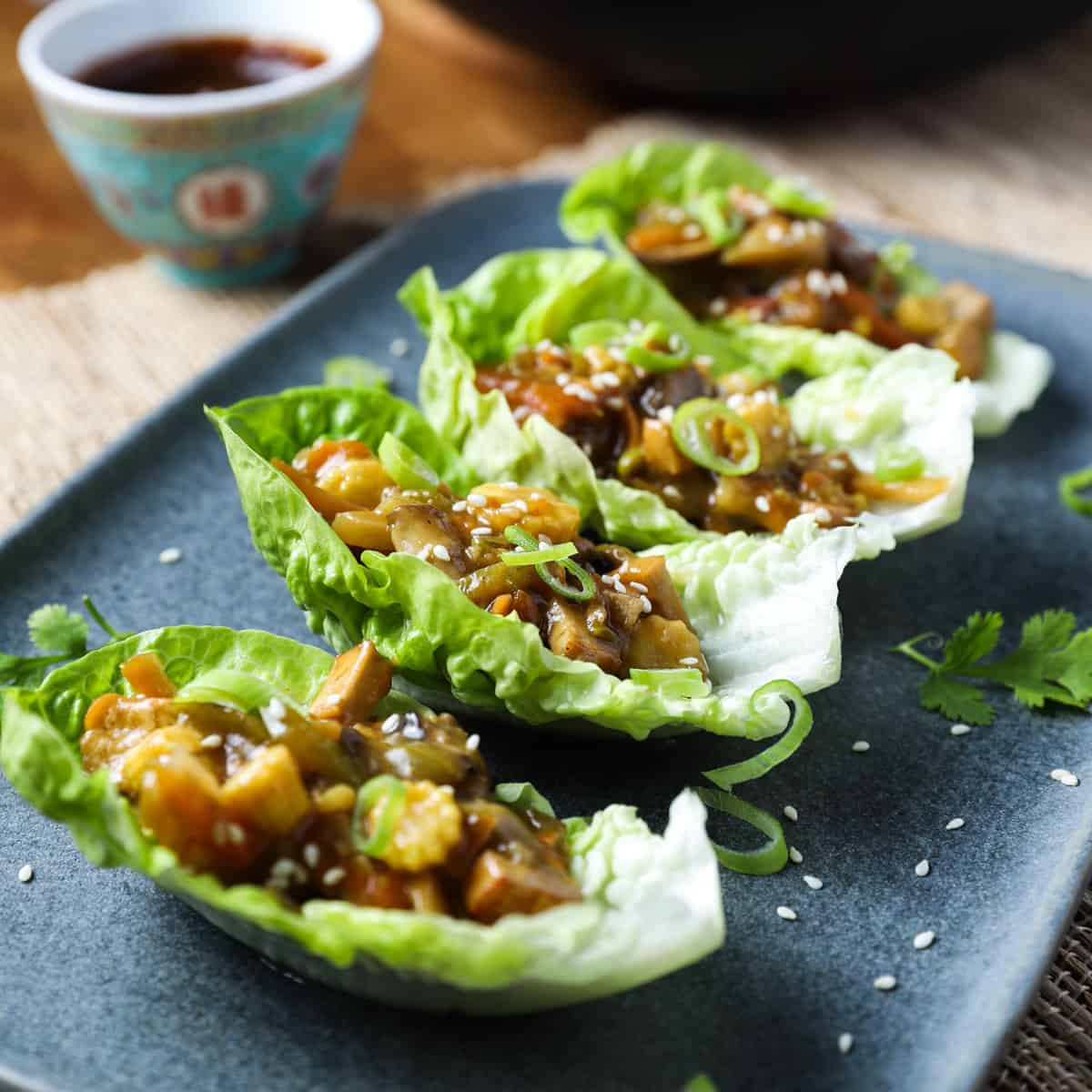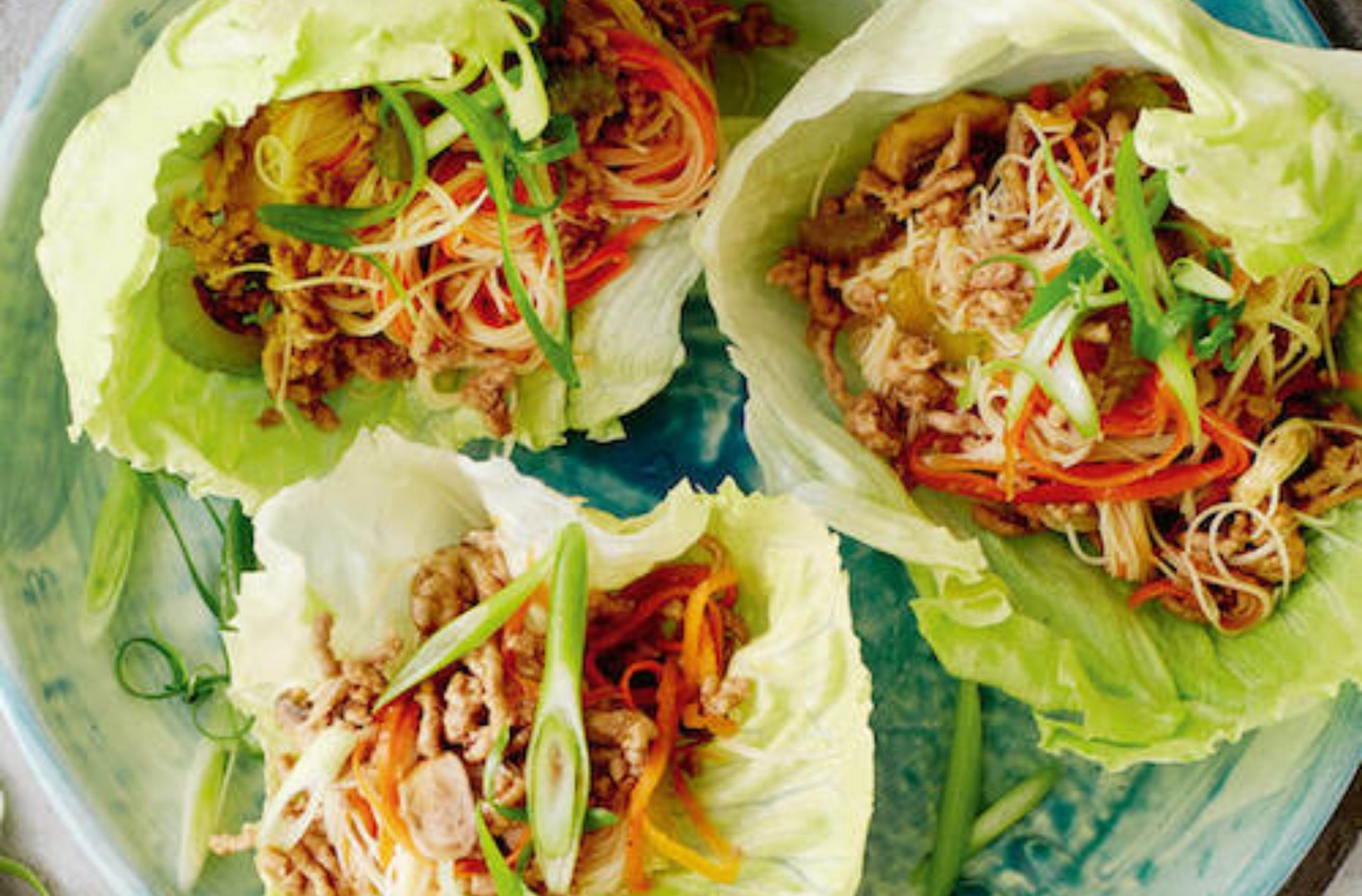Embark on a culinary adventure with the San Choy Bau Recipe Masterchef, a comprehensive guide that unlocks the secrets of this delectable Asian delicacy. From traditional ingredients to modern interpretations, this exploration delves into the essence of san choy bau, revealing its versatility and timeless appeal.
Discover the art of crafting perfect san choy bau, mastering the techniques of stir-frying, steaming, and assembling. Learn the optimal cooking temperatures and times to ensure tender meat and crisp vegetables, while balancing flavors with expert seasoning and sauce ratios.
Ingredients

At its core, a traditional san choy bau recipe relies on a few essential ingredients:
Lettuce cups provide the base for the dish, while minced pork or prawns serve as the protein component. Aromatics like garlic and ginger add depth of flavor, and sauces such as soy sauce and oyster sauce provide umami and richness.
Variations and Modern Interpretations
Modern interpretations of san choy bau incorporate additional ingredients or substitute certain elements to cater to different tastes and preferences. For instance, some recipes may include water chestnuts, carrots, or mushrooms for added texture and flavor. Vegetarian versions may replace the meat with tofu or tempeh, while gluten-free variations use lettuce wraps instead of wonton wrappers.
Cooking Methods

Preparing San Choy Bau involves a combination of stir-frying, steaming, and assembling techniques. Understanding the optimal cooking temperatures and times for each ingredient is crucial to ensure a flavorful and well-balanced dish.
Stir-frying
Stir-frying the meat over high heat allows it to caramelize and develop a savory flavor. Cut the meat into thin slices against the grain for optimal tenderness. Heat a wok or large skillet over high heat and add a drizzle of oil. Add the meat and stir-fry until cooked through, about 2-3 minutes.
Steaming, San choy bau recipe masterchef
Steaming the lettuce cups softens them while preserving their crisp texture. Bring a large pot of water to a boil. Place a steamer basket over the boiling water and add the lettuce cups. Cover and steam for 1-2 minutes, or until the lettuce is slightly wilted but still retains some crunch.
Assembling
To assemble the San Choy Bau, place a spoonful of the stir-fried meat mixture into each lettuce cup. Top with a drizzle of the prepared sauce, a sprinkle of chopped peanuts, and a few slivers of green onions. Serve immediately for a refreshing and flavorful appetizer.
Presentation
Traditionally, san choy bau is served in lettuce cups, which act as edible spoons. This presentation is not only visually appealing but also practical, as it allows diners to easily scoop up the filling and enjoy the flavors of both the lettuce and the filling.
In modern culinary presentations, san choy bau can be arranged on a bed of rice or noodles to add another layer of texture and flavor. Alternatively, they can be served alongside dipping sauces, such as soy sauce, hoisin sauce, or chili oil, to provide diners with a variety of options for customizing their dish.
Garnishing and Decoration
To enhance the visual appeal of san choy bau, consider garnishing them with fresh herbs such as cilantro, mint, or basil. Edible flowers, such as nasturtiums or pansies, can also add a touch of color and elegance. Additionally, a drizzle of sesame oil or a sprinkle of toasted sesame seeds can add a touch of flavor and texture.
Variations and Inspirations: San Choy Bau Recipe Masterchef

The versatility of san choy bau has led to countless variations and inspirations across culinary cultures. From vegetarian and vegan adaptations to regional interpretations and modern twists, the dish continues to captivate taste buds.
Vegetarian and Vegan Options
In response to growing dietary preferences, vegetarian and vegan versions of san choy bau have emerged. These variations typically substitute the traditional minced meat with plant-based alternatives such as tofu, tempeh, or lentils, while retaining the aromatic filling and lettuce wraps.
Regional Variations
Across different regions of Asia, san choy bau has taken on unique flavors and ingredients. In Vietnam, the dish is known as bún chả and features grilled pork patties served with vermicelli noodles and a tangy dipping sauce. In Indonesia, gado-gado is a vegetarian version made with steamed vegetables, tofu, and a peanut-based sauce.
Culinary Inspirations
The concept of san choy bau has inspired other culinary creations. Tacos, a Mexican staple, share similarities with san choy bau in their use of a tortilla or lettuce leaf to hold a flavorful filling. Similarly, lettuce wraps have become a popular low-carb alternative to traditional sandwiches or burgers.
Incorporating San Choy Bau Elements
The versatility of san choy bau extends beyond its traditional form. Chefs have ingeniously incorporated san choy bau elements into various dishes:
- Appetizers: San choy bau filling can be served on wonton wrappers or rice paper rolls.
- Entrees: The filling can be used as a stuffing for roasted vegetables or grilled fish.
- Desserts: Sweet san choy bau fillings, such as mango or pineapple, can be served as a refreshing treat.
Final Review
As we conclude our exploration of the San Choy Bau Recipe Masterchef, let us remember the culinary artistry that elevates this dish beyond a mere meal. Its versatility inspires endless variations, from vegetarian delights to regional adaptations, showcasing the boundless creativity of the culinary world.
May this guide empower you to recreate the authentic flavors of san choy bau in your own kitchen, impressing your guests with your culinary prowess. Embrace the joy of cooking and savor the delicious memories created with each bite.
FAQ Resource
What are the essential ingredients for a traditional san choy bau recipe?
Lettuce cups, minced pork or prawns, garlic, ginger, soy sauce, and oyster sauce.
How can I achieve a flavorful and well-balanced san choy bau?
Season the meat and vegetables generously, and balance the flavors of the sauce by adjusting the ratios of soy sauce and oyster sauce to your taste.
What are some modern variations of the san choy bau recipe?
Vegetarian and vegan options, using tofu or tempeh instead of meat, or incorporating different vegetables such as bell peppers or zucchini.